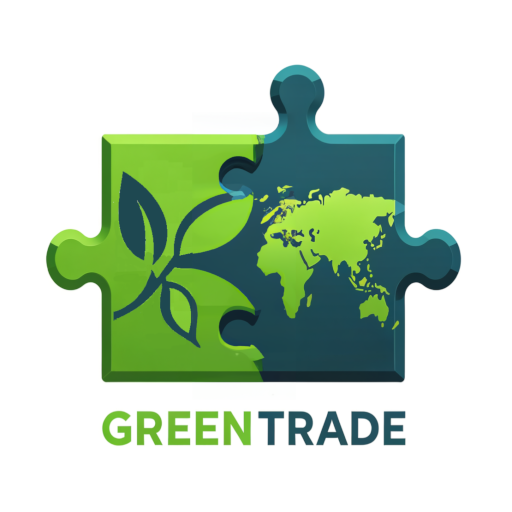Topic 1: The heterogeneous trade effects of trade agreements with environmental provisions
Objective
Topic 1 studies the direct and general equilibrium effects of various types of environmental provisions (EPs) in preferential trade agreements (PTAs) on the composition of trade flows, distinguishing between trade in neutral, green and dirty products. EPs are categorised into five different groups:
- Climate change related EPs: provisions directly addressing greenhouse gas emissions.
- Trade liberalising EPs: provisions promoting trade (e.g., specific liberalisation measures for green products).
- Trade restricting EPs: provisions limiting trade (e.g., restrictions on trade in dirty products).
- Legally enforceable EPs: provisions enforceable via an international or bilateral dispute settlement mechanism.
The suggested empirical framework applied will analyse these indicators simultaneously and quantify trade and real income (GDP) effects of counterfactual policies related to these types of environmental provisions. Three policy scenarios will be considered:
- Scenario 1 – “Current EPs”: provides insights into the effects of EPs in PTAs introduced so far.
- Scenario 2 – “USMCA - most comprehensive EPs”: offers insights into the potential trade and income effects that would ensue if the most comprehensive PTA in terms of environmental provisions were universally adopted across all other existing PTAs. This refers to the 2020 United States-Mexico-Canada PTA (USMCA).
- Scenario 3 – “ECAM - deepest PTA”: provides insights into potential trade and income effects if all countries were to implement provisions of the deepest PTA. Specifically, this refers to the EU-Central America Association Agreement between the EU and Costa Rica, El Salvador, Honduras, Guatemala, Nicaragua and Panama signed in 2012 and in force since 2013. Despite containing fewer and less comprehensive environmental provisions than the USMCA, its range of trade liberalisation measures and the number of key provisions, relevant for the depth of the agreement, are broader.
Methodology
The analysis of the impact of EPs on trade flows is divided into two parts. In a first step we estimate a panel data theory consistent structural gravity model by applying the Poisson Pseudo Maximum Likelihood (PPML) estimator on industry-level trade data. PPML allows to control for heteroskedasticity and to take account of zero bilateral trade flows. From counterfactual analysis based on the three scenarios – “Current EPs” and “USMCA” or implementation of the “ECAM” - we will derive the direct trade effects using the estimated EP-related parameters.
In a second step the direct effects from the gravity model are fed into a quantitative multi-sector, multi-country general equilibrium trade model which allows to simulate counterfactual effects on sectoral trade flows and real income (GDP). The analysis will apply the “Kiel Institute Trade Policy Evaluation Model” (“KITE model”). The model takes account of bilateral trade flows at a sectoral level along the entire international value chain. Due to input-output linkages and the international economic interdependences, even countries that are not directly involved in a specific trade agreement, may be affected via income and trade diversion effects. In the scenarios all incomes and prices adjust to new conditions, so that all relevant general equilibrium effects are captured.
Data
Data on international and domestic trade stems from the new International Trade and Production Database (ITPD-E) by Borchert et al. (2021) which covers the years from 1992 to 2019, 265 countries and 170 industries. The KITE model is set up with GTAP11 (Global Trade Analysis Project, Version 11) data and covers 141 countries and 65 sectors. To feed the gravity estimates into a new quantitative international trade model for the simulations, the ITPD-E industry classification is transformed to the more aggregated GTAP industry classification.
Information on EPs in PTAs is obtained from the Trade and Environment Database (TREND). The dataset distinguishes almost 300 different types of EPs in 730 PTAs. The collection of trade agreements as well as their depth are taken from the Design of Trade Agreement (DESTA) Project (Dür et al., 2014) and are combined with the TREND data to arrive at four different types of EPs to be distinguished in the empirical analysis.
The distinction between green and dirty products is based on the classification of industrial sectors according to their emission intensities (Ederington et al., 2022).
